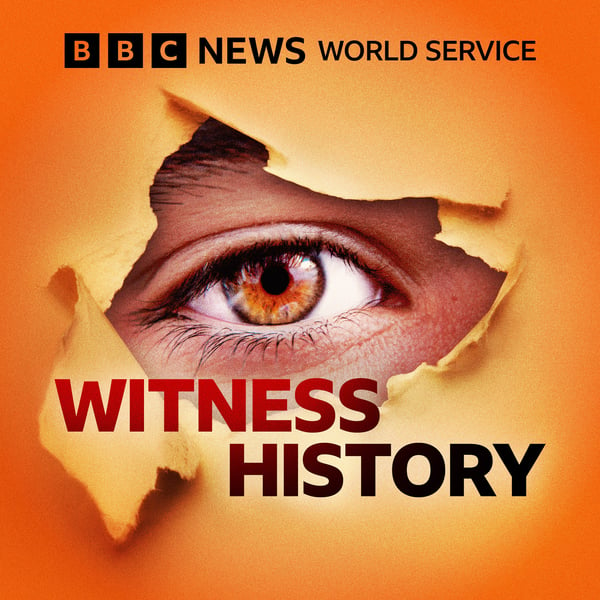Discovery of the hole in the earth’s ozone
Witness History
BBC
4.4 • 1.6K Ratings
🗓️ 2 January 2024
⏱️ 10 minutes
🧾️ Download transcript
Summary
In 1985, British scientists made what would turn out to be one of the most important environmental discoveries of the 20th century - finding a hole in the earth’s ozone layer.
The British Antarctic Survey, based in Cambridge, had been monitoring ozone levels for more than 30 years using the Dobson Ozone Spectrophotometer.
But it was only when they compared previously uncharted figures from the 1980s with the previous decade that they made the shocking finding, as Jonathan Shanklin, the man who compiled the data, told Jane Wilkinson.
(Photo: Ozone hole in September 2006. Credit: Universal History Archive/Universal Images Group via Getty Images)
Transcript
Click on a timestamp to play from that location
| 0:00.0 | Does talking to strangers make you happier? |
| 0:04.4 | Could aging disgracefully help you live longer? |
| 0:07.8 | I'm Dr. Michael Mosley and in my Just One Long Thing podcast series I'll be chatting to doctors and scientists |
| 0:15.1 | we'll be covering topics like sleep exercise happiness and staying young with each |
| 0:20.6 | of our experts choosing a health hack they claim is the single most effective way you can improve your life. |
| 0:27.0 | Just one long thing. Listen first on BBC Sounds. Hello, welcome to the Witness History podcast from the BBC World Service with me Jane Wilkinson. I'm taking you back to the UK in 1985 and what would |
| 0:46.3 | turn out to be one of the most important environmental discoveries of the |
| 0:50.5 | 20th century. There's new concern about the ozone layer which protects the earth from the sun's harmful |
| 0:59.0 | ultraviolet radiation. |
| 1:01.0 | Some scientists say that more must be done to curb the use of the chemicals |
| 1:04.6 | which cause its deterioration. They're concerned about chemicals called chloroflorocarbons |
| 1:09.8 | which are used in aerosol sprays and fast food packaging. |
| 1:13.3 | That was the BBC, with an early report on a shocking scientific discovery. |
| 1:18.4 | Unfortunately, most of the world was not paying attention to environmental warnings. |
| 1:23.0 | At the time, Jonathan Shanklin was working for the British Antarctic survey in Cambridge. |
| 1:28.0 | Back in 1985, I was basically a junior scientist with a survey and one of the many roles was looking at Antarctic |
| 1:39.5 | ozone data that was coming back. Some of it via TLEX, which is a very primitive form of |
| 1:46.3 | internet. Some of it on handwritten sheets shipped back all the way from |
| 1:50.8 | Antarctica. Those readings came from the Dobson Ozone Specter |
| 1:55.0 | at the survey South Pole research station. |
| 1:58.0 | It had been measuring Ozone in the Earth's atmosphere since 1956, because, as a European Space Agency film explains ozone is |
| 2:07.2 | essential for life. The ozone layer is a thin part of Earth's atmosphere that |
... |
Please login to see the full transcript.
Disclaimer: The podcast and artwork embedded on this page are from BBC, and are the property of its owner and not affiliated with or endorsed by Tapesearch.
Generated transcripts are the property of BBC and are distributed freely under the Fair Use doctrine. Transcripts generated by Tapesearch are not guaranteed to be accurate.
Copyright © Tapesearch 2025.

